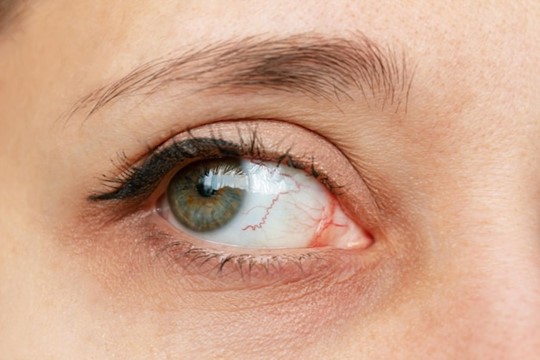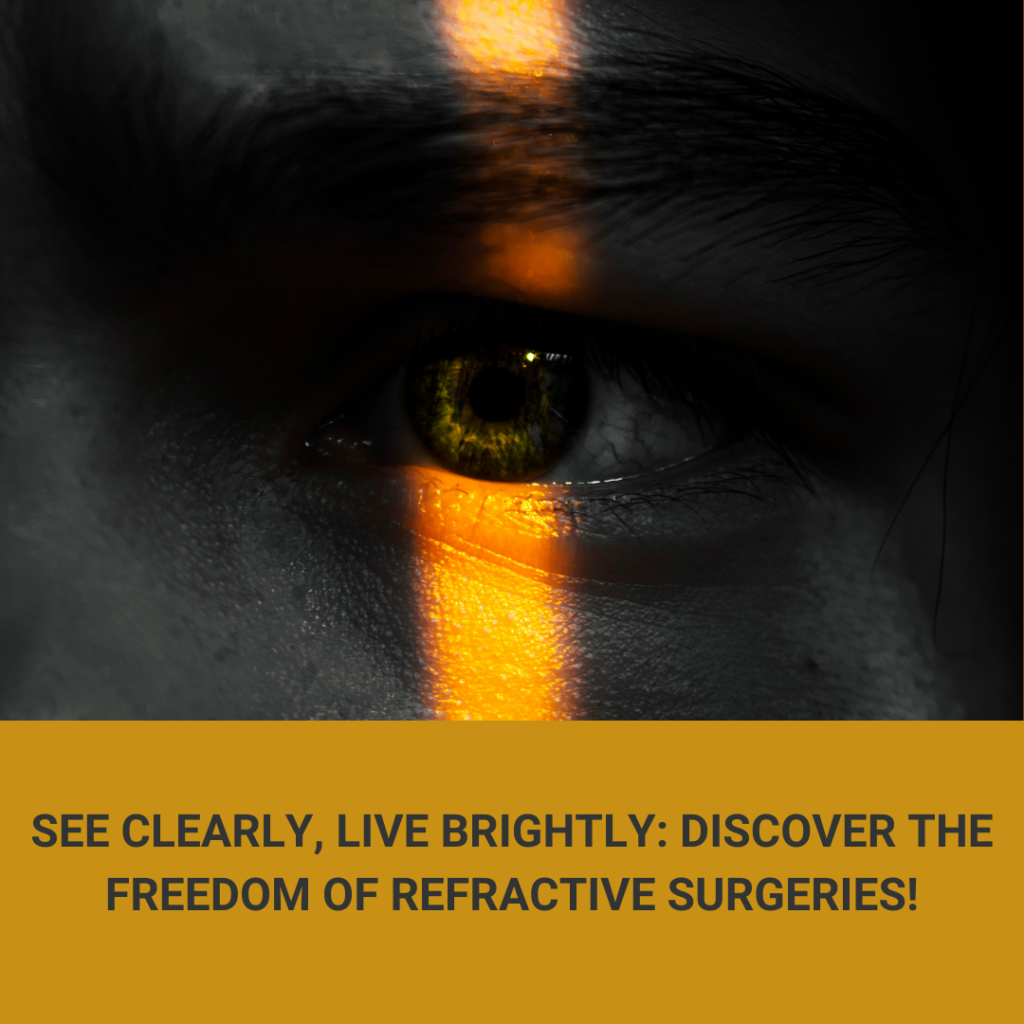Dry eye disease is a persistent condition that impacts the eye's tear film, crucial for maintaining clear vision and eye health.
The disease occurs when insufficient tear production or tears evaporate too quickly, often due to meibomian gland dysfunction or other underlying causes like autoimmune diseases.
Common symptoms include
- A gritty feeling in the eyes
- Burning
- Sensitivity to light
- Blurred vision
- Paradoxical watery eyes
Causes and Risk Factors
Dry eye can result from numerous influences, such as
- Environmental elements like wind and low humidity
- Lifestyle habits such as extensive screen time
- Specific medications
- Underlying health issues like diabetes or thyroid disorders.
The condition becomes more common with aging and is notably frequent among postmenopausal women.
Recognizing these risk factors is crucial for managing and possibly preventing the disease.
Diagnosis and Testing
Diagnosing dry eye involves a comprehensive evaluation by a doctor, which includes a detailed medical history and specific diagnostic tests.
Tests may include
- Schirmer's test to measure tear production
- The Tear Breakup Time (TBUT) test to assess tear film stability.
Advanced imaging may be used to examine the eye structures involved in tear production and identify any abnormalities.
Treatment Options
Treatment for dry eye aims to restore the average quantity and quality of tears in the eyes to relieve symptoms and prevent damage to the eye surfaces.
Mild instances can often be treated with over-the-counter artificial tear solutions and lifestyle modifications, such as using a humidifier and avoiding smoke.
More severe cases might necessitate prescription medications like anti-inflammatory drops or procedures to conserve or increase tear production, such as punctual plugs or thermal pulsation treatment.
In cases where meibomian gland dysfunction is a factor, treatments like intense pulsed light therapy may be used to improve gland function.
Preventive Measures and Management
Managing dry eye disease is an ongoing process that includes treatments and preventive measures to minimize symptoms and effectively manage the condition.
Routine eye examinations are crucial for tracking the condition and adjusting treatment as needed.
Patients are advised to manage any associated medical conditions that could exacerbate dry eye, such as controlling blood sugar levels in diabetes or optimizing environmental conditions by using humidifiers and avoiding direct air drafts.
If you suspect you are experiencing symptoms of dry eye or are struggling to manage the condition, schedule an appointment with an ophthalmologist today!




